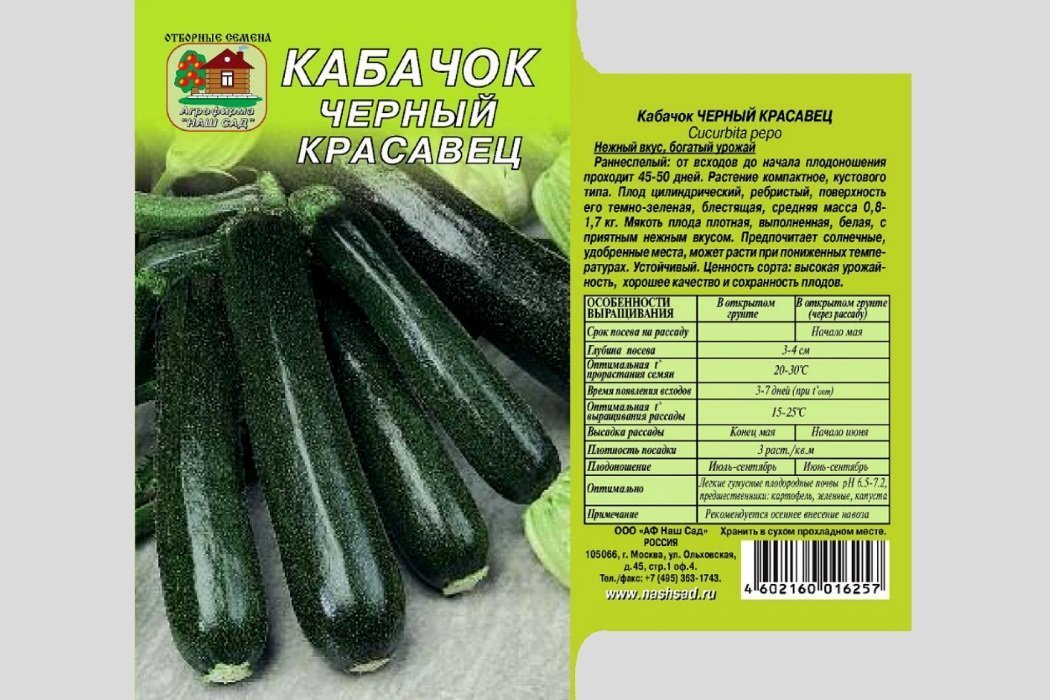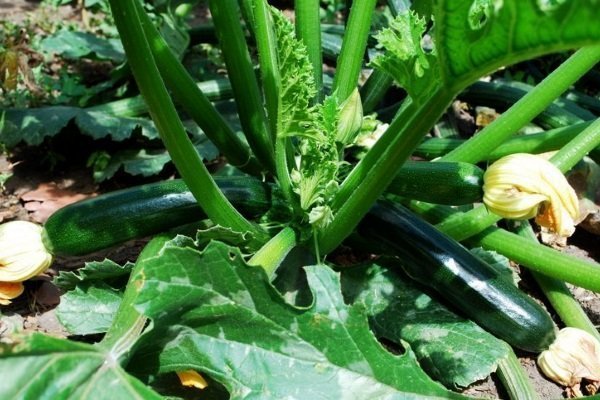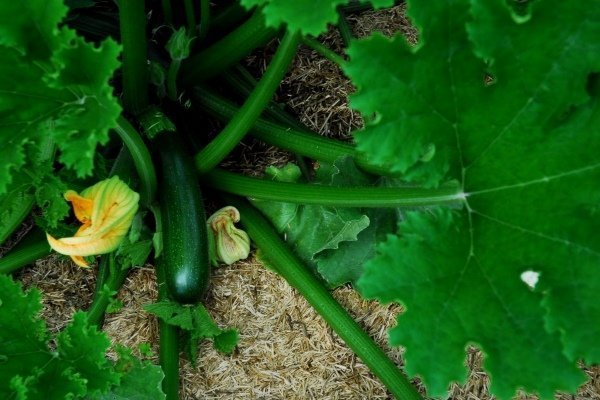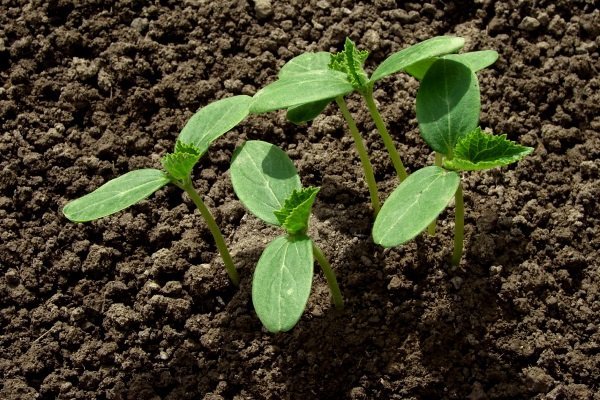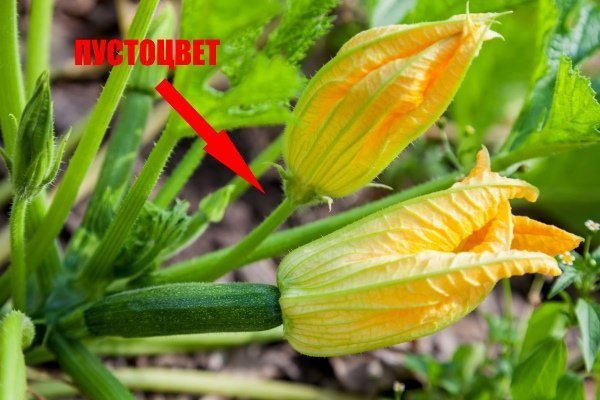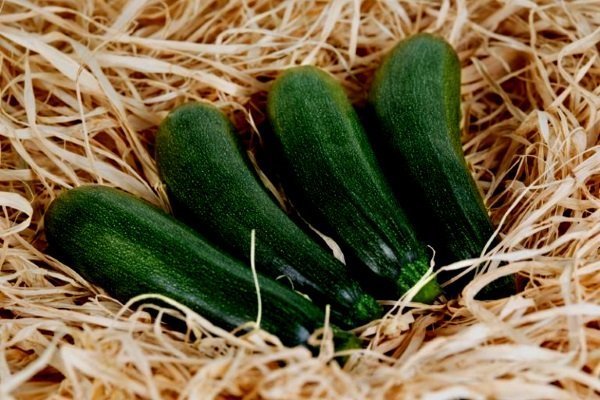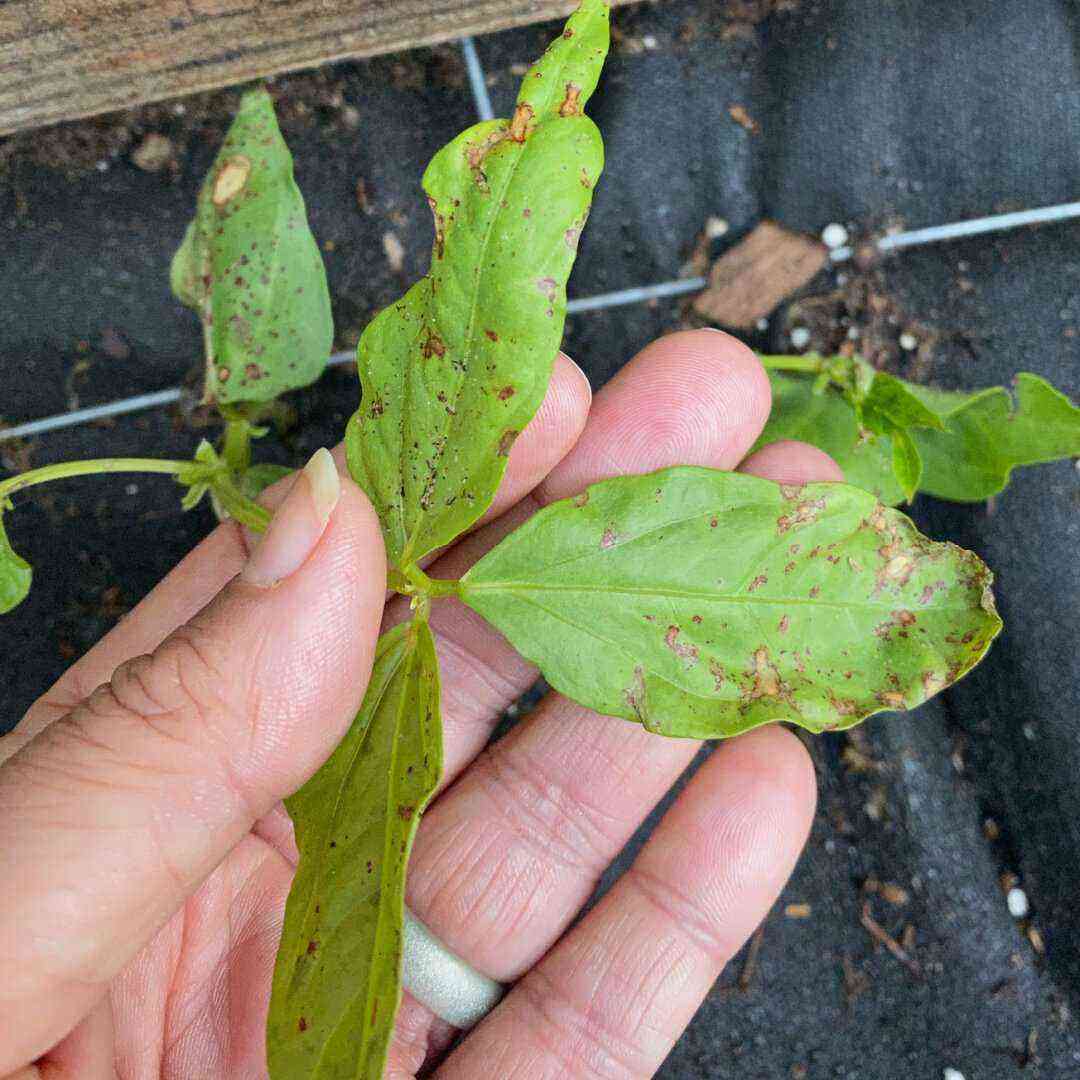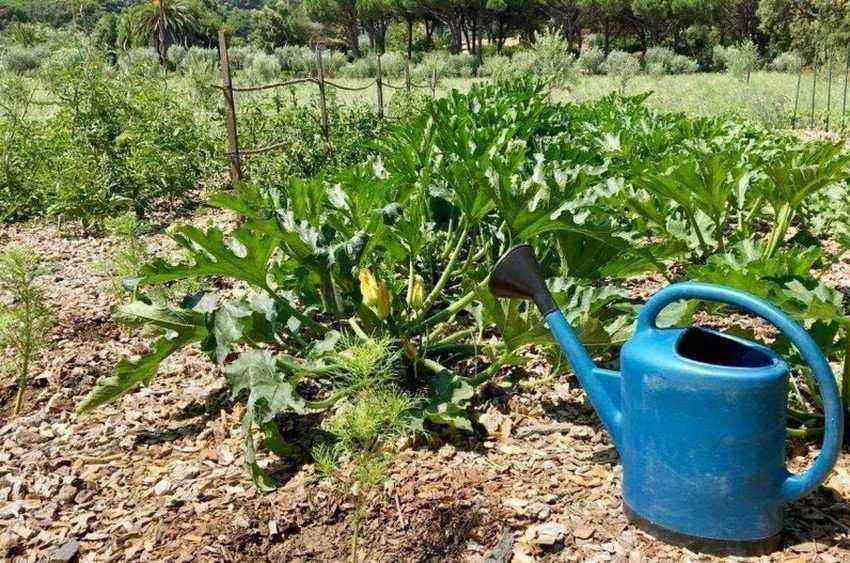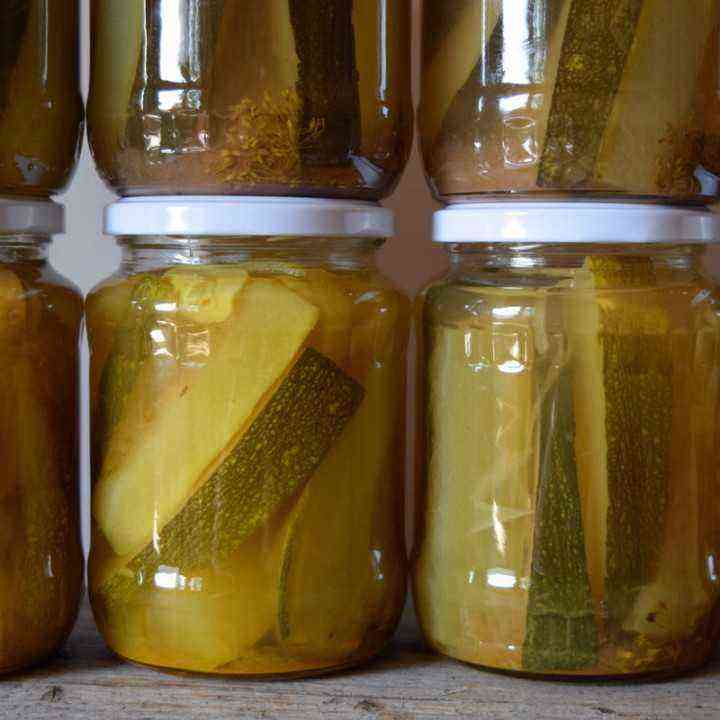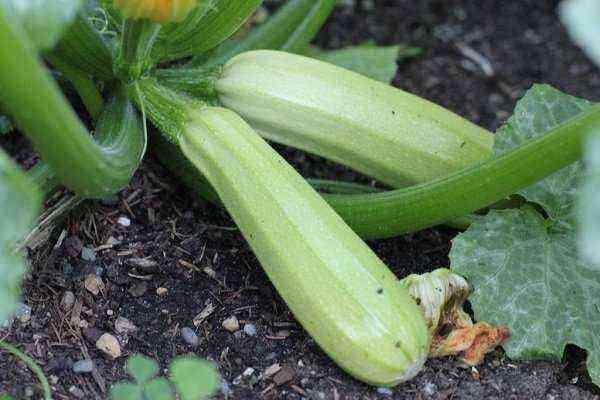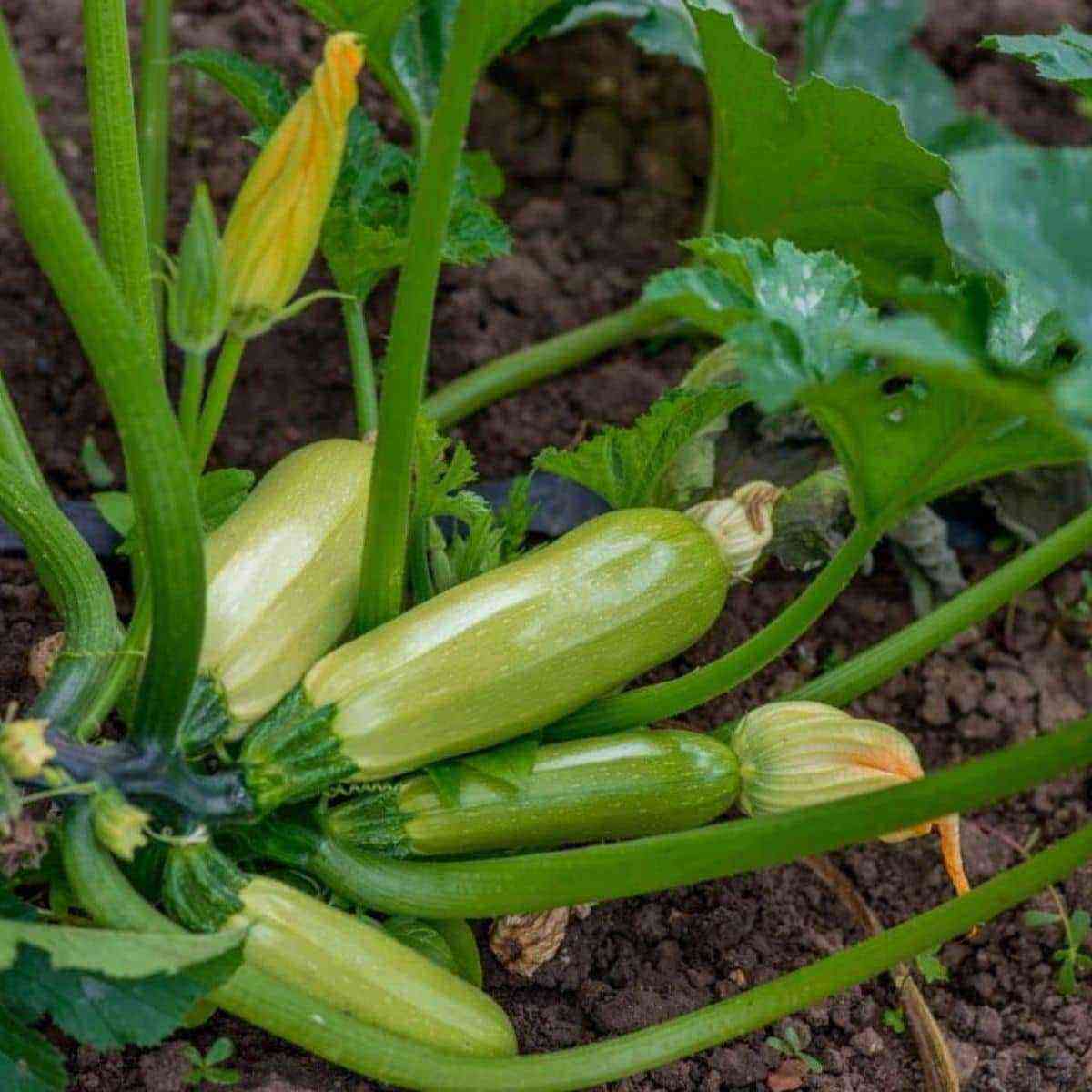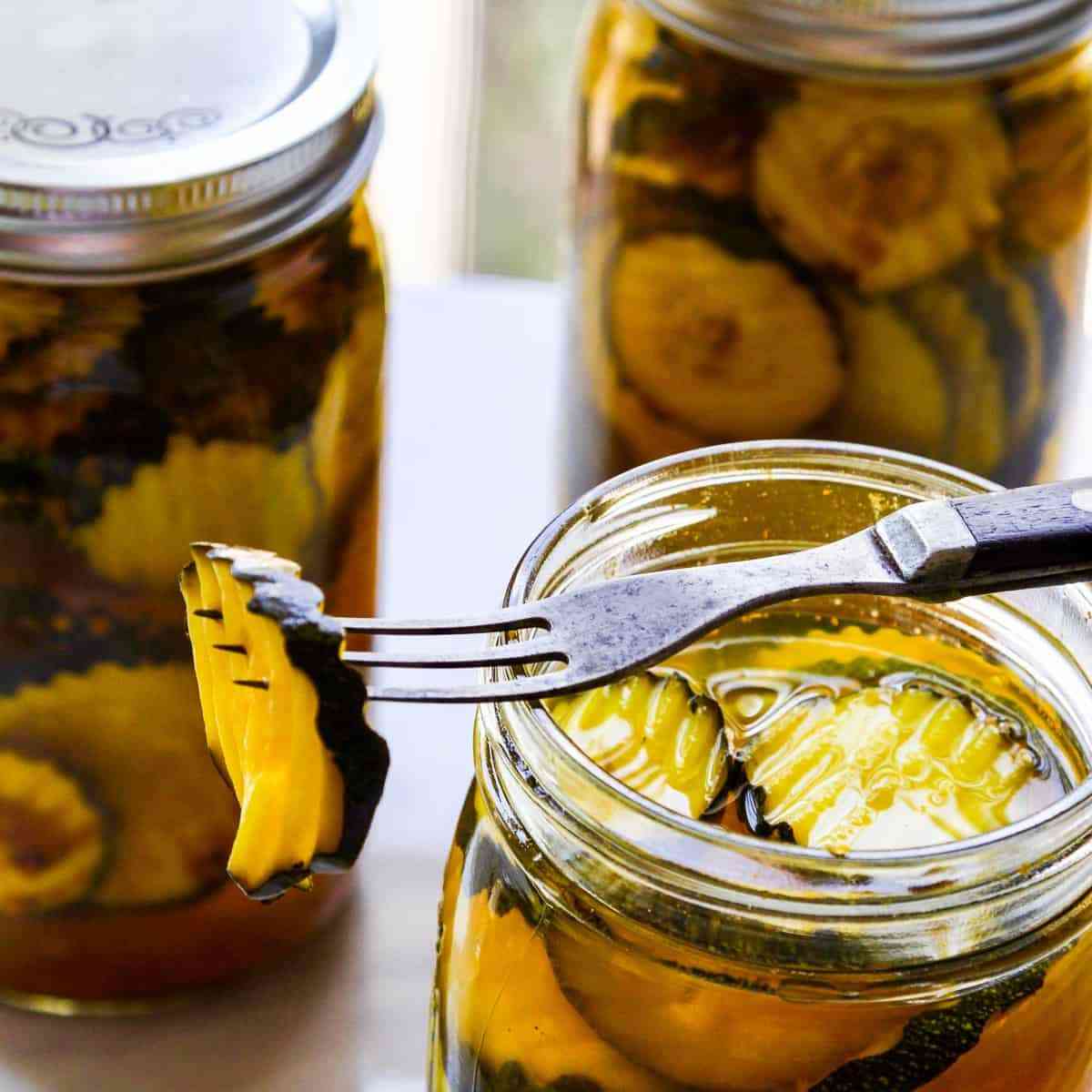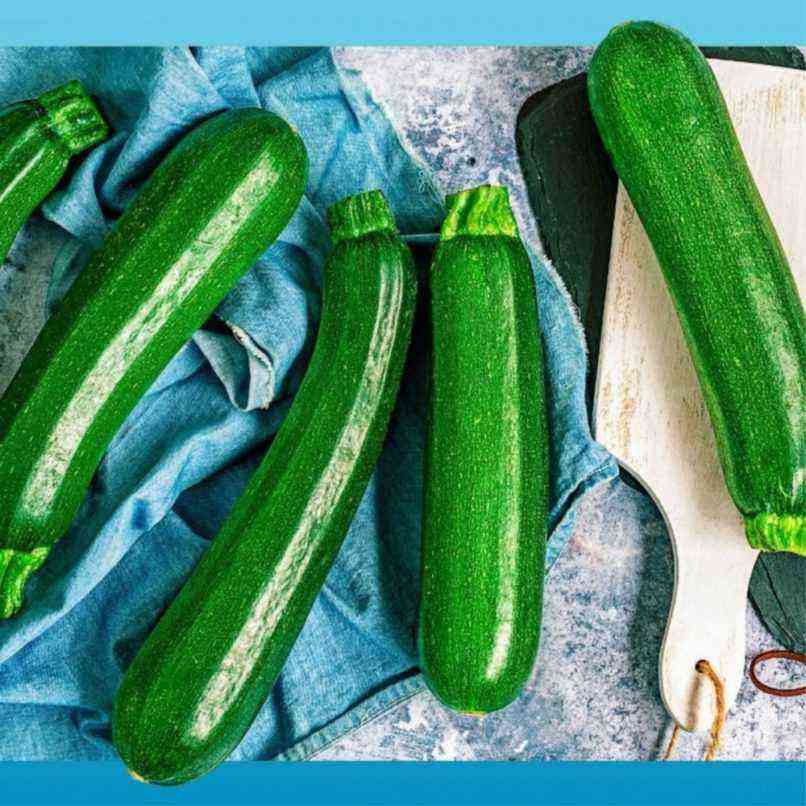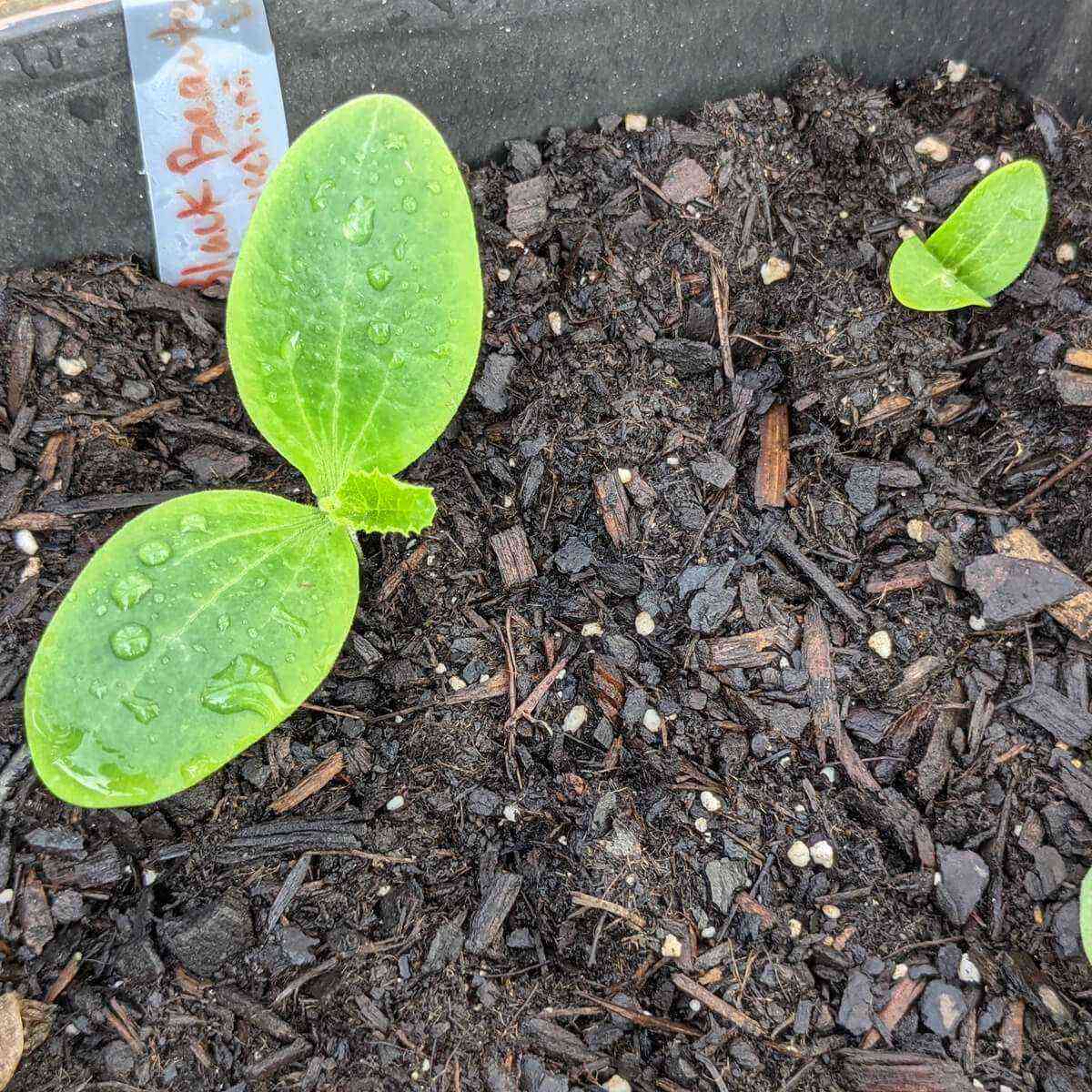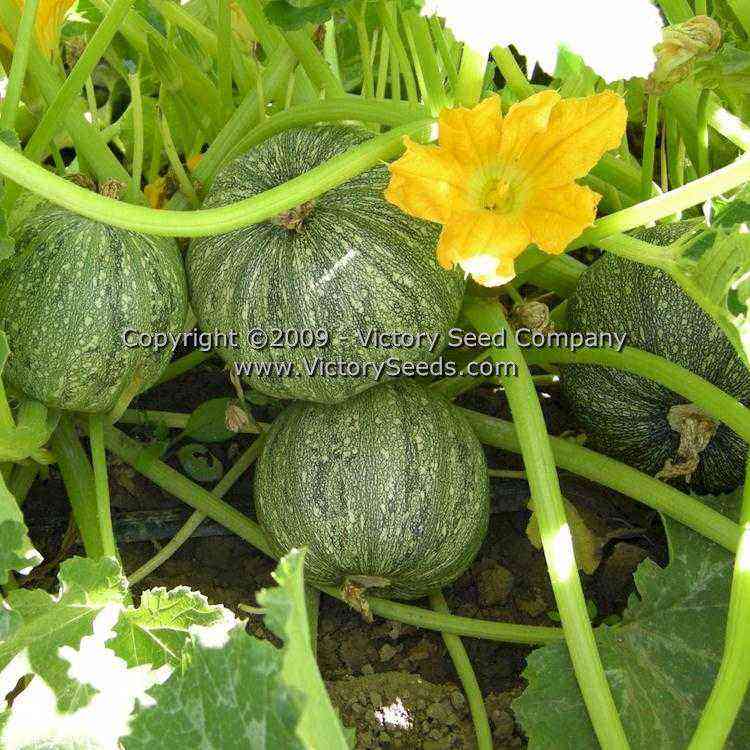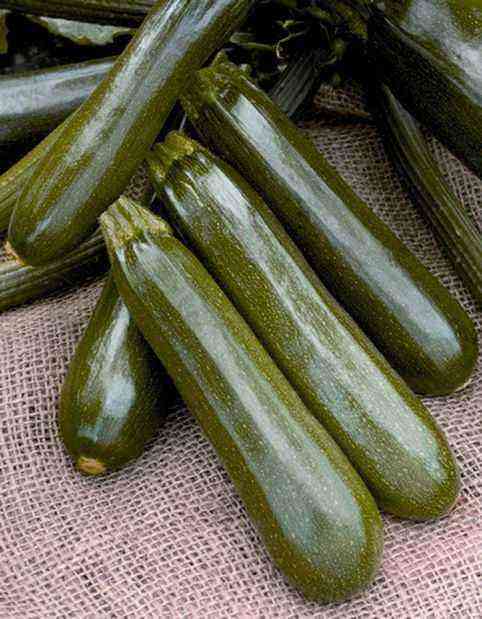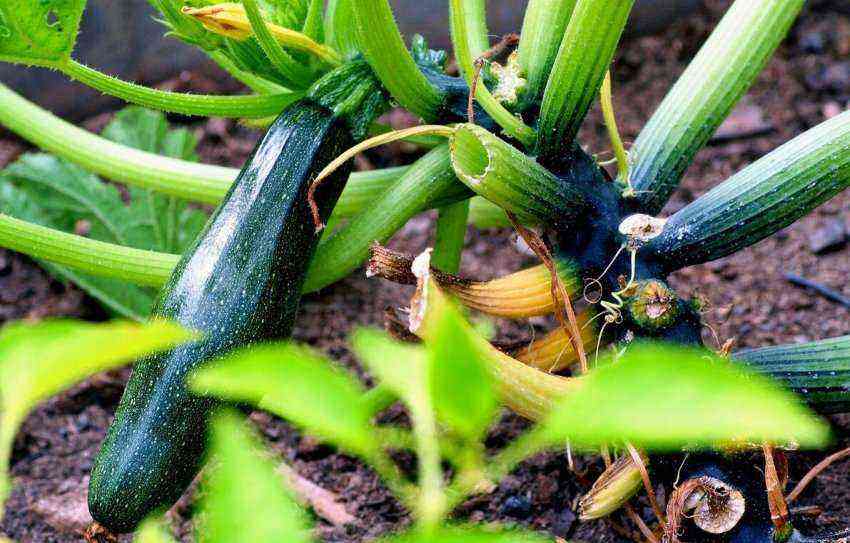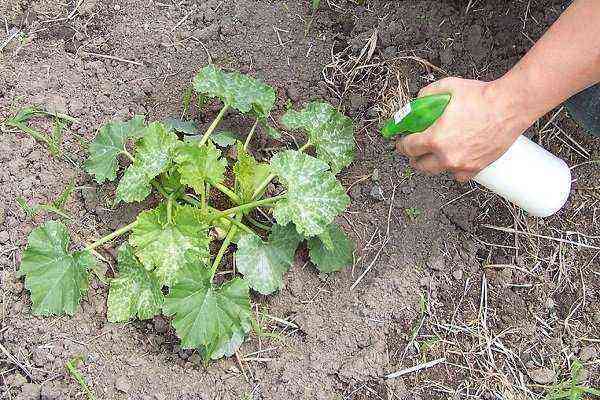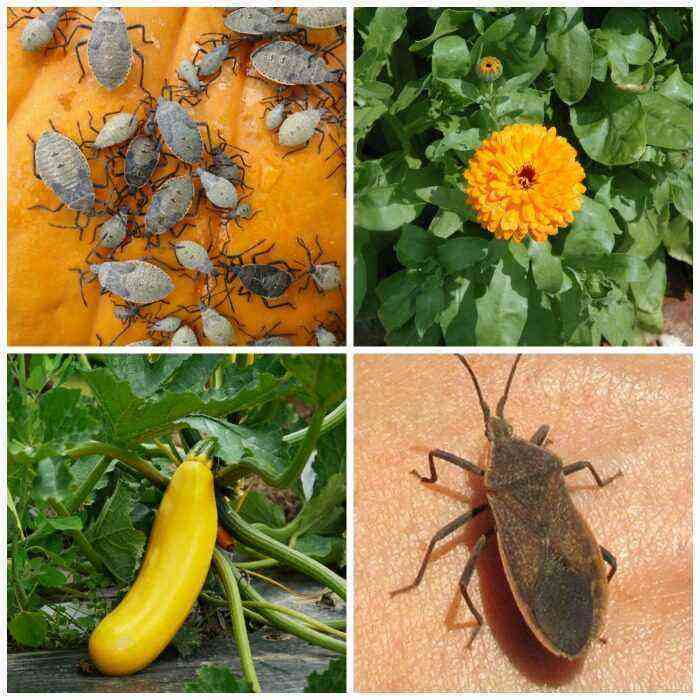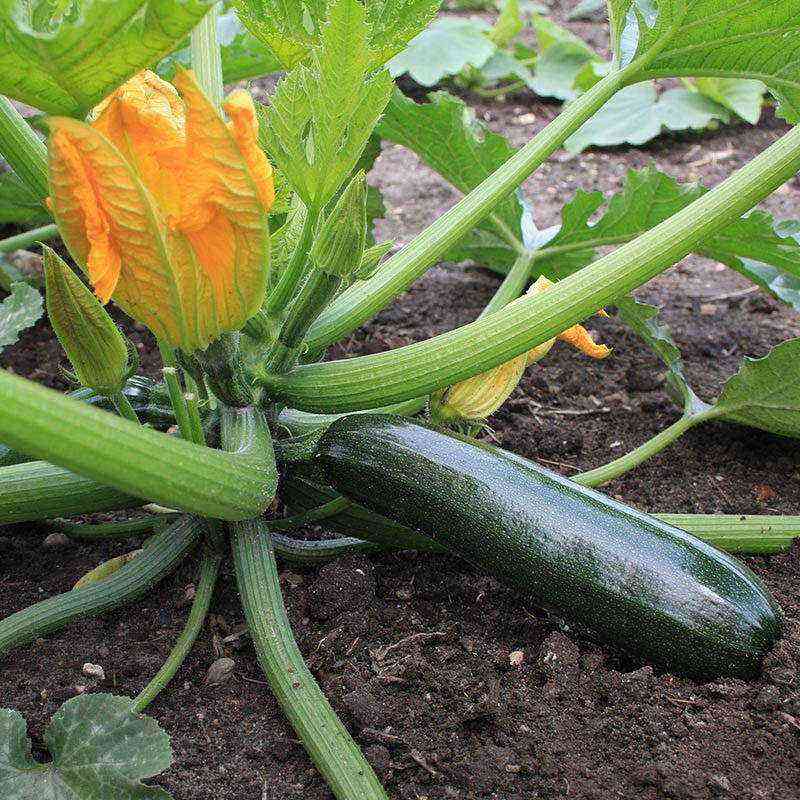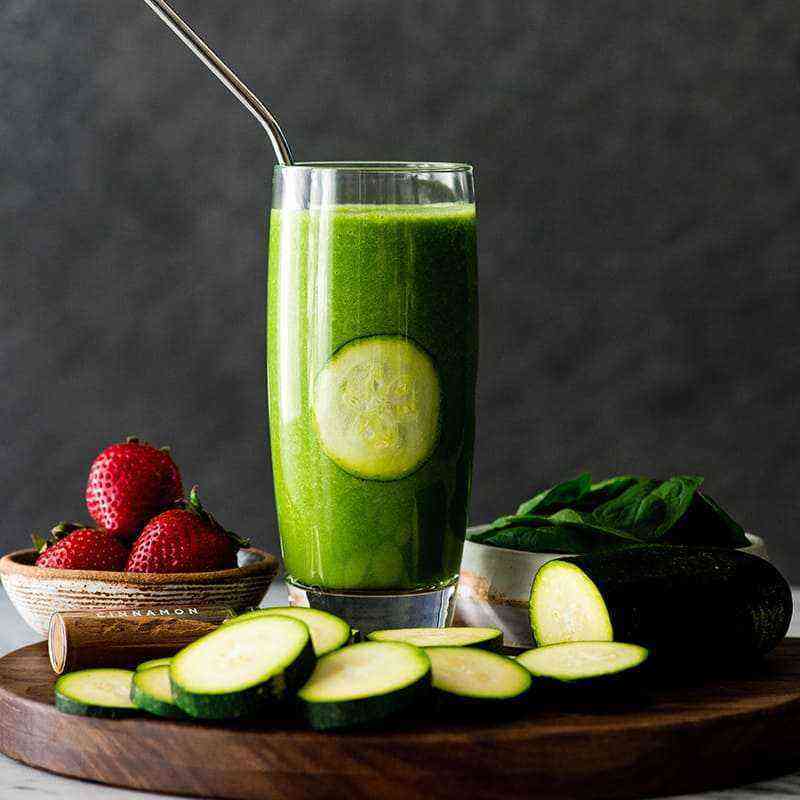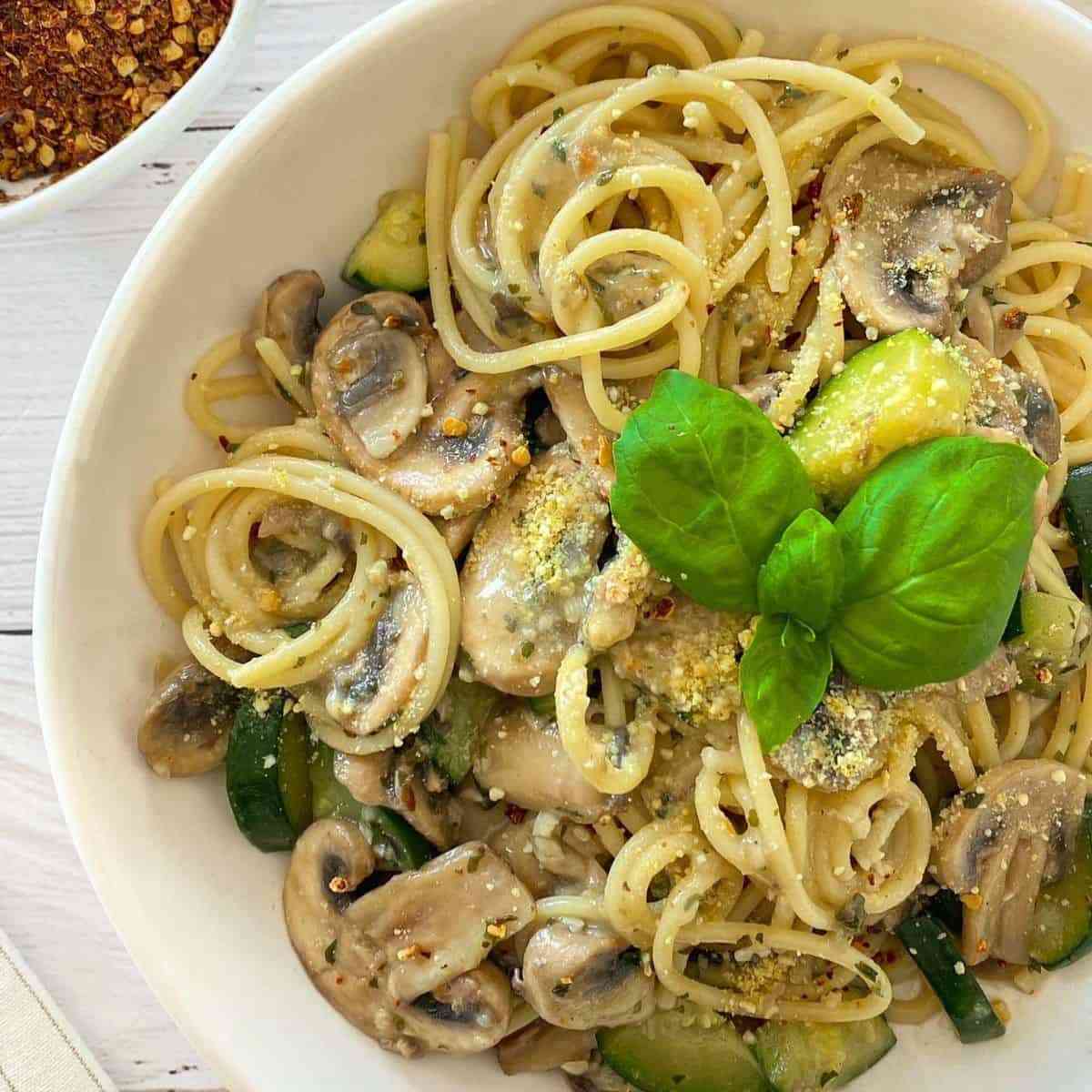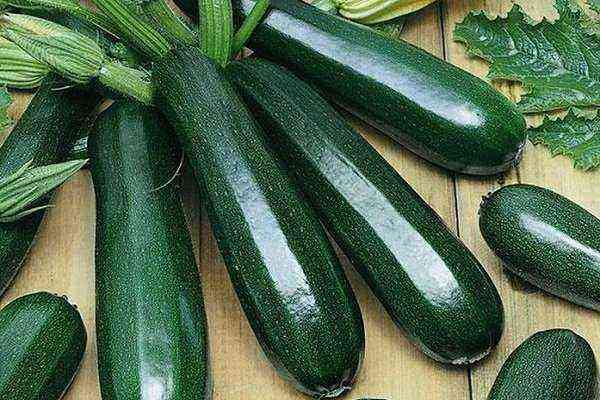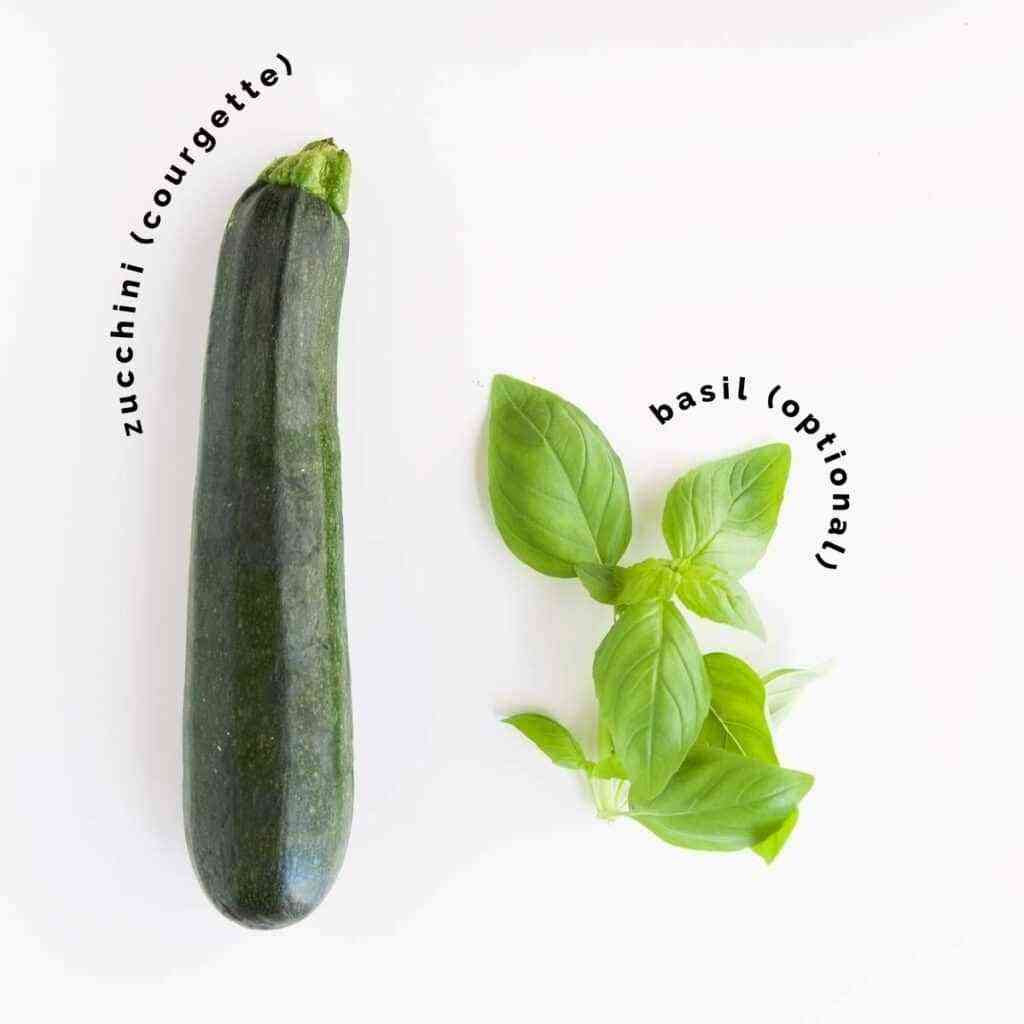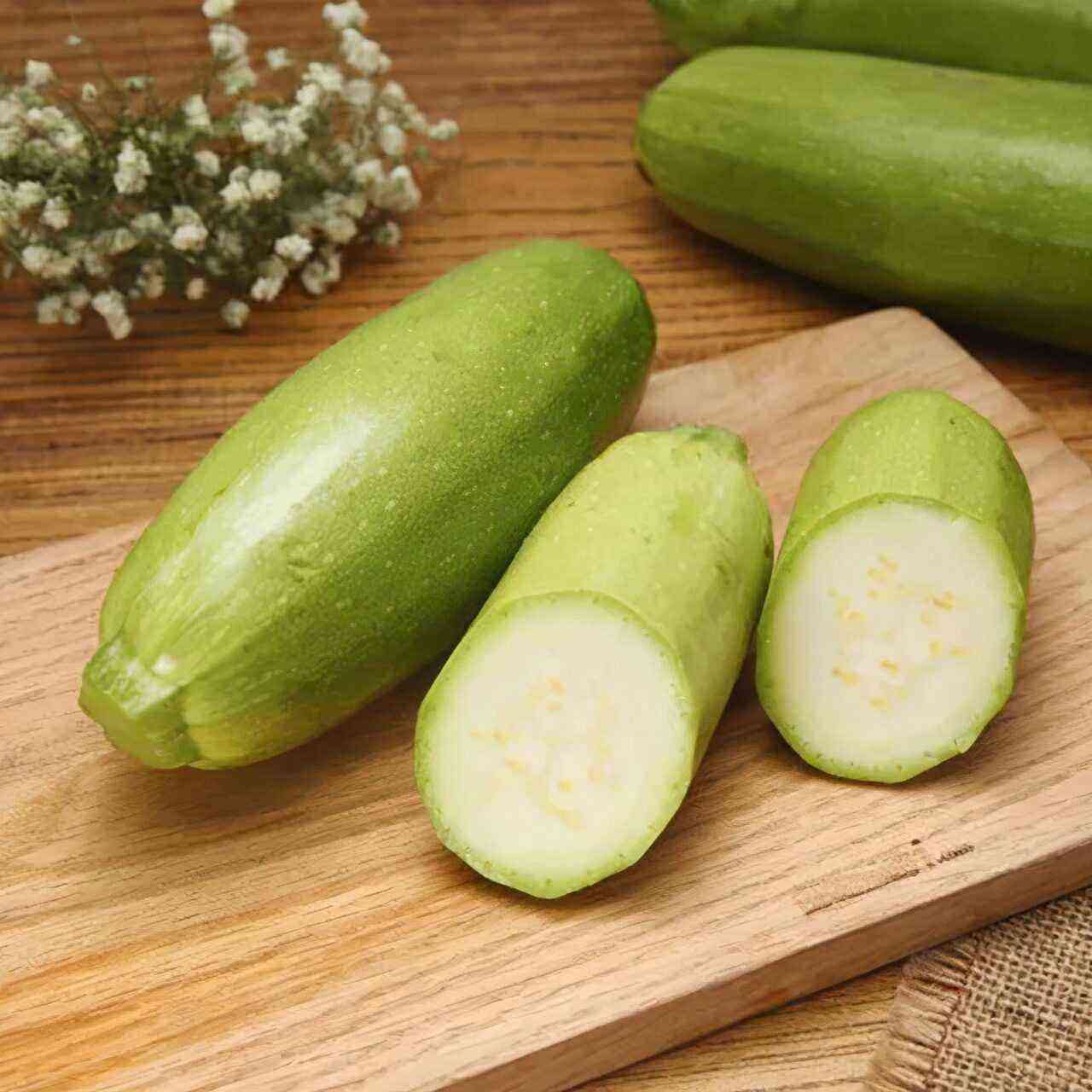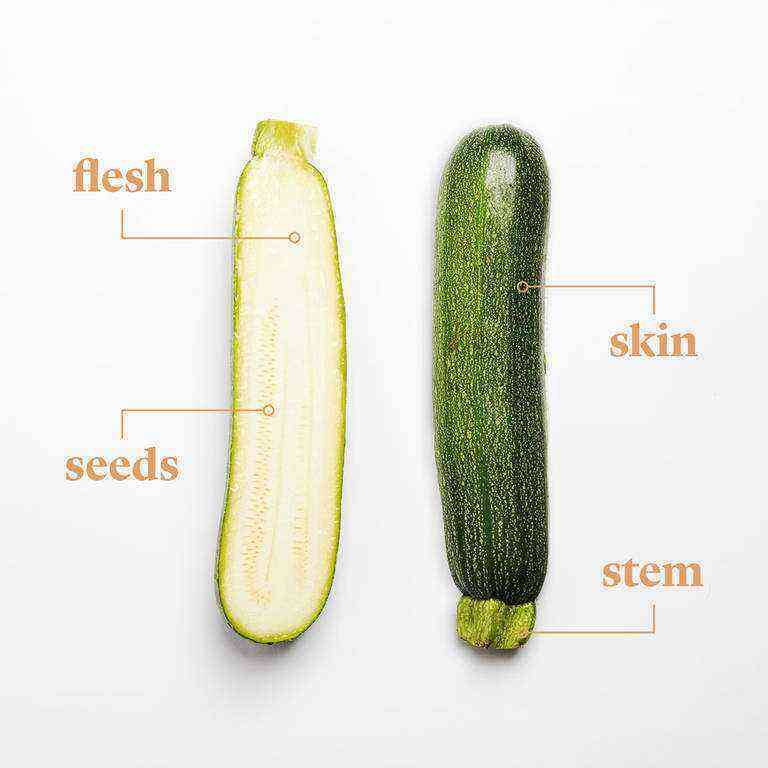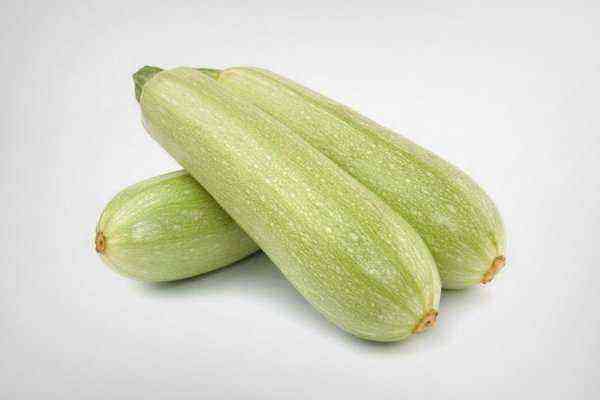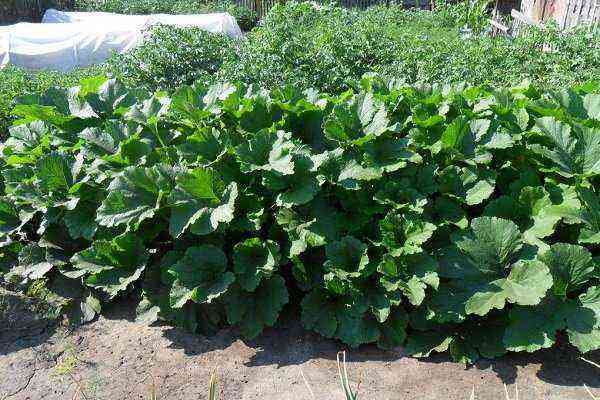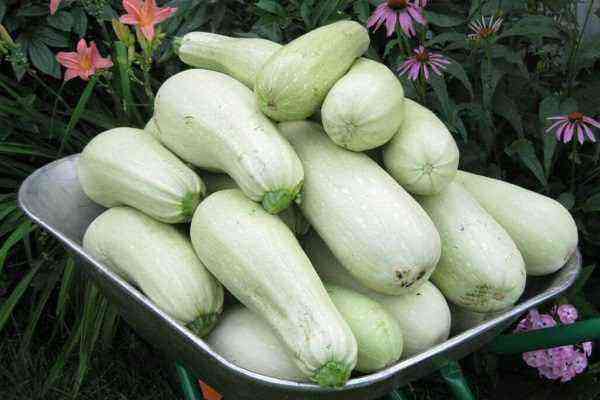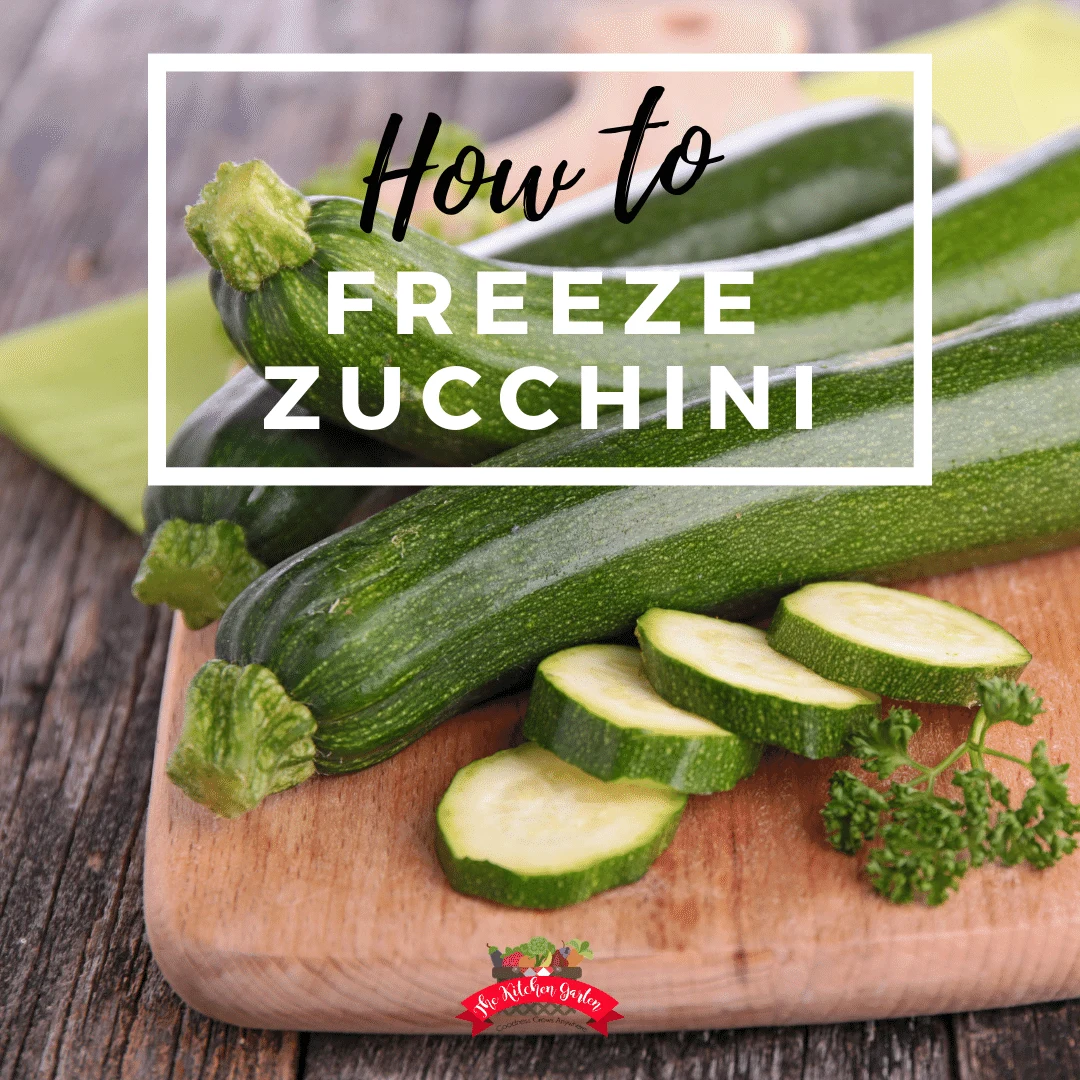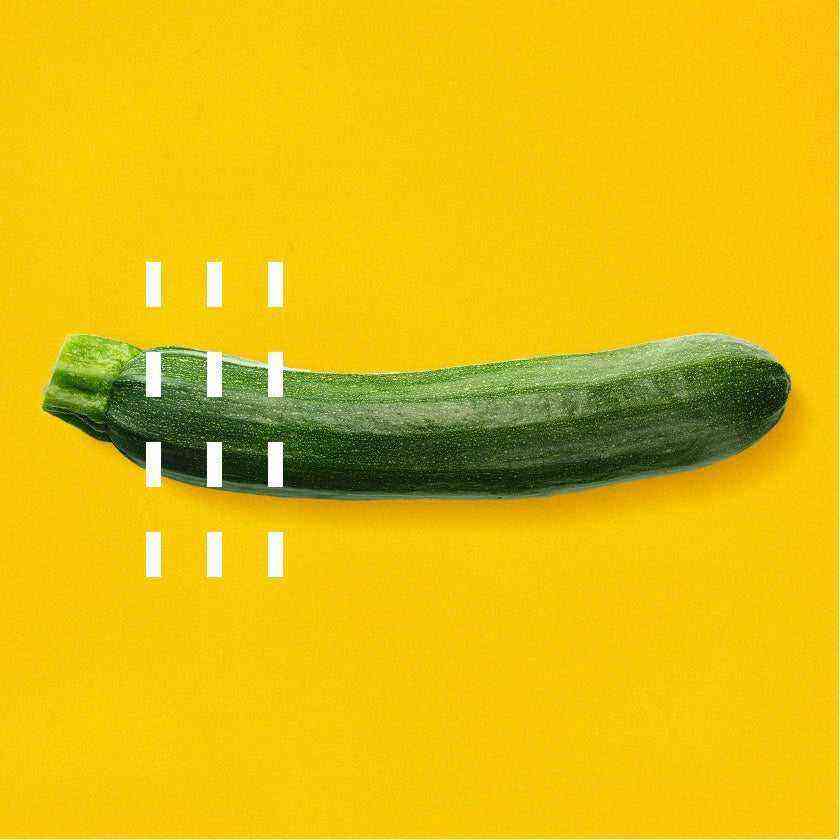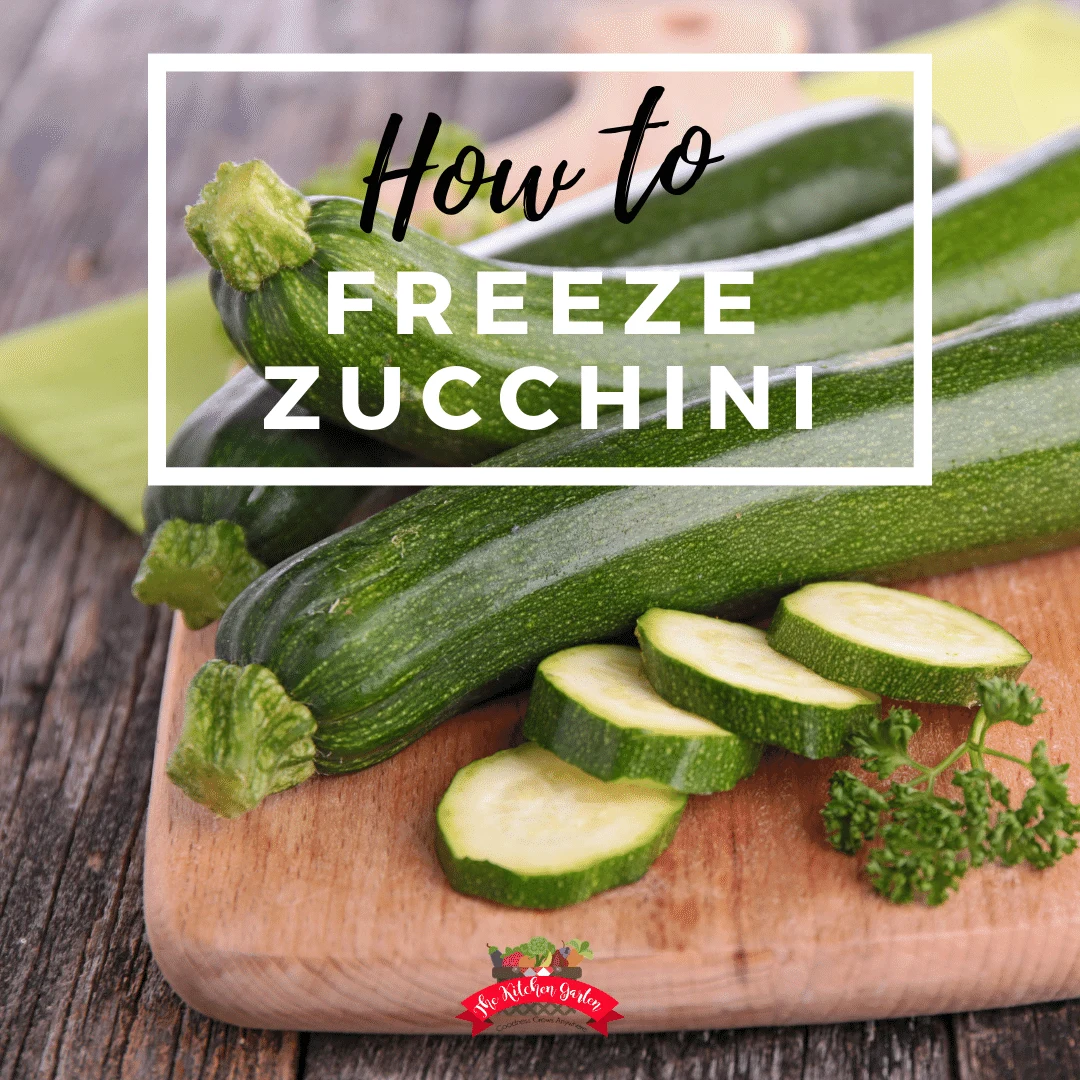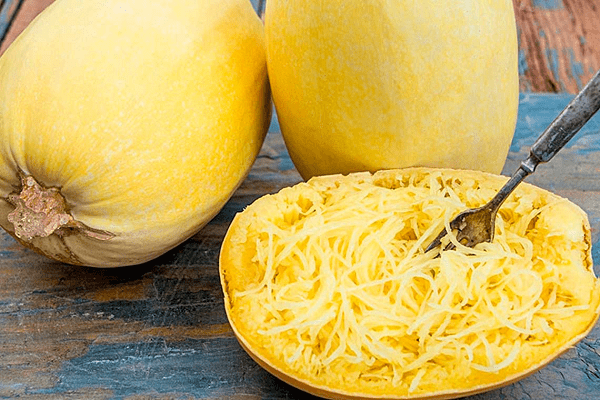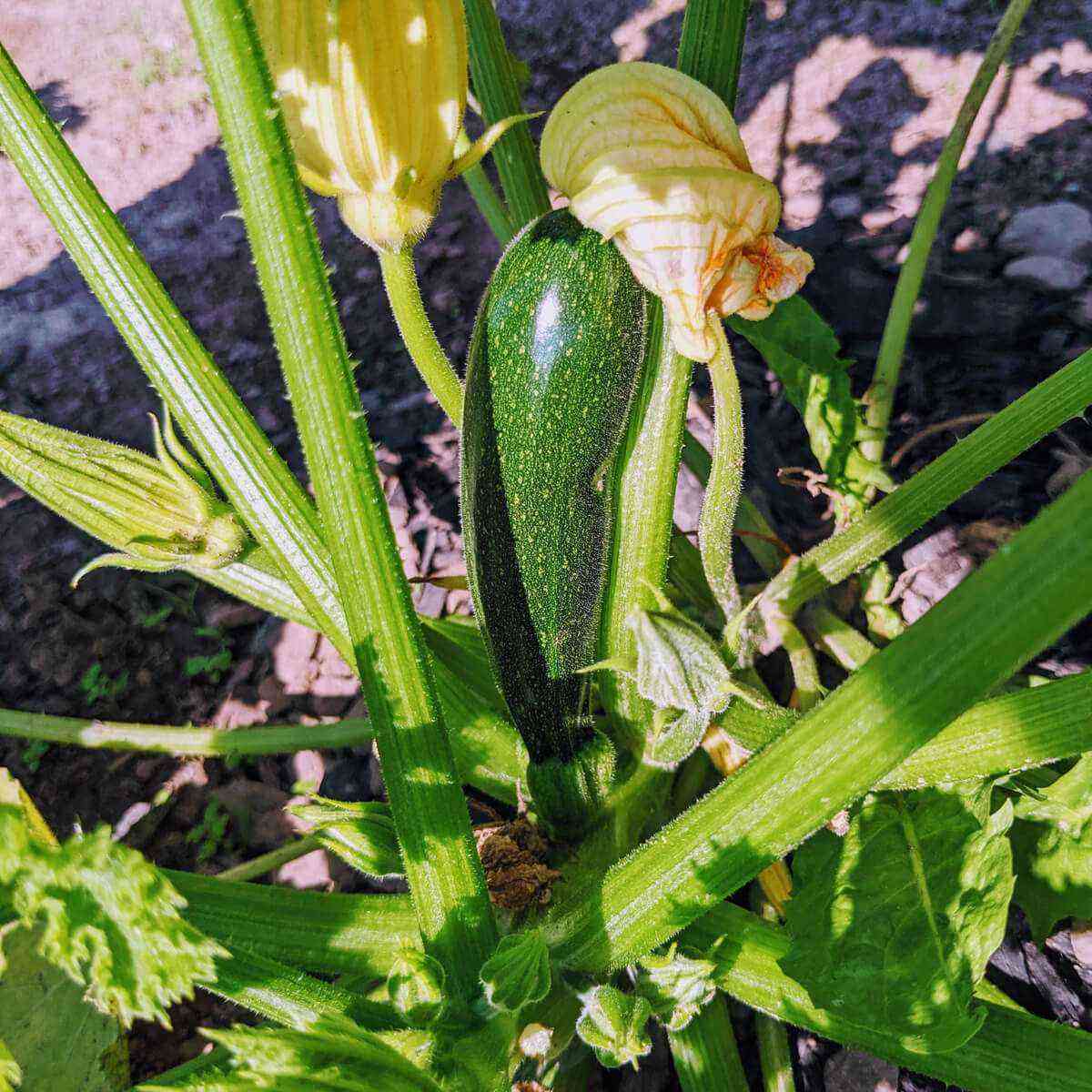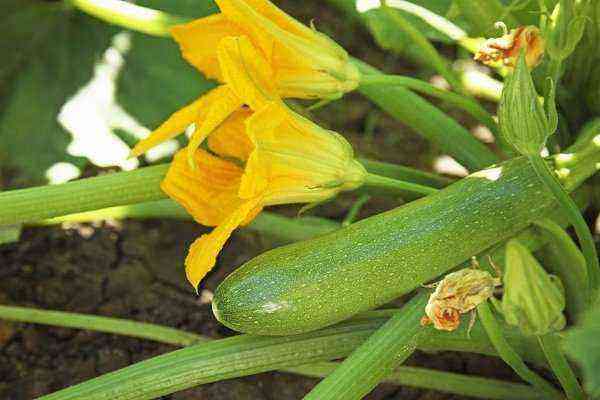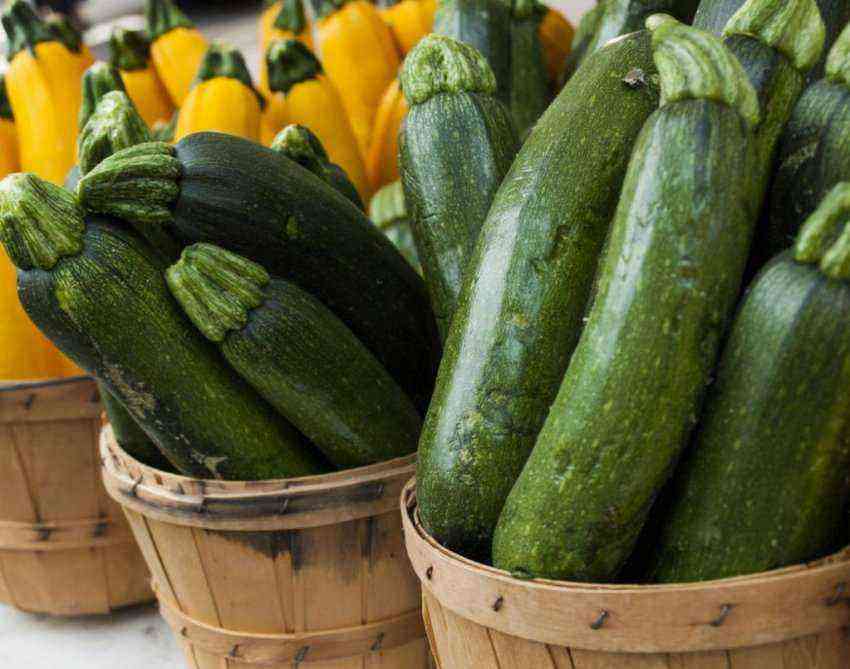Black handsome gets good reviews from gardeners, because it combines several important consumer qualities at once – early ripening, high yields and a delicate delicate taste. The plant itself is unpretentious and only requires the timely implementation of some agrotechnical measures. More details about the description of the variety and the rules for its cultivation can be found below.
Zucchini-zucchini Black handsome
Zucchini zucchini seeds Black handsome
Zucchini bush Black handsome
Variety description
It was bred in collaboration with breeders S.V. Maksimov and N.N. Klimenko, and in 2006 he was included in the State Register of Breeding Achievements for cultivation in such regions as:
- Central Federal District (CFD);
- Central Black Earth region;
- Northwestern Federal District (NWFD);
- Volga-Vyatsky district.
In the first two areas, the variety is supposed to be grown in soil conditions, and in the last two – in greenhouse conditions.
Characteristics of the variety are shown in the table:
Parameter Description Ripening time The variety is early maturing, which means that it will bear fruits suitable for harvesting already 45-55 days after the formation of the first shoots. Features of the plant This zucchini belongs to the bush varieties of zucchini and during the growing season forms a compact leafy bush. We will consider its components separately:
- The stems. Long and thick with a diameter of up to 15 mm and a height of up to 60-80 cm. They have a slight roughness and rich color.
- Leaves. They are formed on long petioles and range from 5 to 30 cm in diameter. They are strongly dissected, having 5 large veins of a characteristic shape. They practically do not differ in color from the stems, however, they are covered with light spots (they can occupy 50% of the surface of the leaf plate). White spotting is a varietal feature of zucchini, and not a sign of powdery mildew.
- Flowers. The cups are large and covered with 5-7 yellow petals, up to 10 cm in diameter. The plant is monoecious – capable of self-pollination. It occurs with the help of wind or insects (usually bees or wasps). Up to two dozen flowers can bloom on one bush. On average, every second of them is tied.
- ovaries. Up to 4-5 ovaries can form simultaneously on each plant.
Features of the fruit About the Black handsome, you should know the following information:
- form – elongated cylindrical with a slight ribbing at the base;
- measurements – 3-7 cm in diameter and 17-22 cm in length;
- weight – from 800 g to 1,7 kg, but on average it is about 900 g;
- color – emerald or dark green, almost black, which is reflected in the name of the variety;
- peel – moderately thin, shiny and smooth, with only rare small inclusions, without stripes and other patterns;
- flesh – quite dense, but very tender, moderately juicy, with a light greenish tint and whitish seeds of medium size and elliptical shape.
The fruits have good keeping quality and endure transportation over long distances.
Scope This zucchini has a universal purpose, so its fruits can be used for cooking, stewing, frying, pickling, canning, etc.
Young zucchini 10-15 cm in size have a delicate and delicate taste, so they can be used fresh, adding to vegetable salads as a substitute for cucumbers.
Productivity Compliance with the correct agricultural technology will allow you to get 9-10 kg of fruit from one bush. In terms of per unit area, when planted according to the 60×60 cm scheme, the yield is about 20 kg per 1 sq. m.
If the landing pattern is 60×100 cm, then from 1 square. m can collect up to 15 kg of fruit. The fruiting period lasts at least 3 weeks. During all this time, zucchini retains its high commercial qualities.
Disease resistance Black beauty demonstrates high resistance to major diseases that are dangerous for plants of the Cucurbitaceae family. These include powdery mildew and anthracnose.
Agrotechnics
Zucchini can be planted in the garden only after warm weather is established. By this time, the daytime temperature should be kept at +23°C, and at night it should not fall below 19°C. The soil should warm up to + 10 … + 15 ° C.
As a rule, such a regime is established from mid-May to early June. If the vegetable is planned to be grown under a film, the sowing dates can be moved forward – until the second decade of April.
To stretch the harvest period, sowing can be done in 4-5 stages with an interval of 5-6 days.
The method of cultivation of vegetable crops depends on the climatic factor:
- In warm regions, seeds can be sown directly in open ground.
- In areas with a short summer season, it is better to choose a seedling method. In this case, seeds for seedlings should be sown in February or March. After 25-30 days, the seedlings will acquire several true leaves and will be suitable for planting in a permanent habitat.
Site selection and soil preparation
Black handsome must be cultivated in areas protected from winds and drafts, which are illuminated by sunlight for 8-12 hours. Its favorable predecessors are:
- legumes (better than other crops, they enrich the soil with nitrogen compounds necessary for zucchini);
- potatoes;
- cabbage (white, cauliflower);
- bow;
- garlic.
You can not grow zucchini after cucumbers, squash and other pumpkin crops. They can be returned to their original place only after 3-4 years.
When choosing a suitable site, it is also worth considering the factor of a favorable neighborhood. It is best to place beans, green crops or radishes next to the squash bed, as they suppress the activity of weeds. Near them, you can also place nasturtiums, marigolds or odorous herbs (thyme, basil) – all of them repel potential pests and at the same time attract pollinating insects.
The soil should be light and fertile. A good option is loams and chernozems with neutral acidity. If the soil on the site is heavy and contains a lot of clay, sand should be added to the planting holes to improve its mechanical composition.
The selected area must be prepared for planting zucchini. For these purposes, since the fall, organic matter (manure, chicken manure or humus) should be added to it and dig a shovel onto a bayonet. In cold regions, zucchini can be grown on a compost heap or a warm bed, which is prepared in the following sequence:
- Put any organic residues into the ground:
- semi-rotted manure;
- fallen leaves;
- straw;
- sawdust;
- tops (tomato, cucumber, beet);
- food waste.
- Lightly tamp the bed and cover with a layer of earth. Before sowing, dig it up, remove all plant debris, level and dig holes.
In such a bed, a heat-loving zucchini will quickly grow and bear fruit, constantly receiving heat and carbon dioxide from decaying organic matter.
A similar “slide” can be prepared in the spring, but the procedure will be somewhat different. Initially, you will need to dig small trenches in the ground (about the bayonet of a shovel), and then put all the organic matter in them and sprinkle with soil. On such a bed, you need to dig holes into which add a handful of humus and wood ash. The composition should be well watered with hot water, and then planted seeds or seedlings.
Seed pre-treatment
So that the seeds can germinate quickly and simultaneously, they must be subjected to pre-sowing treatment. It consists in carrying out the following manipulations:
- Check all the seeds visually and by touch, removing hollow specimens (they will not give entrances).
- In order to disinfect, soak the seeds for 20 minutes in a pink solution of potassium permanganate, and then rinse with clean water.
- For quick germination during the day, hold the seeds in a growth stimulator or potassium / sodium humate (1 tsp per 1 liter of warm water).
- In order for the seeds to hatch, wrap them in a damp cloth and keep them in a warm place for 2-3 days. During this time, you need to maintain the moisture content of the fabric.
Seeds with sprouts are suitable for planting in warm soil.
Seedless growing method
Sprouted seeds are sown in warm, loosened soil, taking into account the following recommendations:
- The optimal planting pattern is 60×60 cm, but the intervals between holes can be reduced to 35-40 cm if there are concerns that not all seeds will sprout. If the vegetable is planted in several rows, then about 1 m can be kept between them, otherwise the vigorous bushes will not have enough free space for full development.
- Deepen the seeds by 5-7 cm, but in case of heavy soils, the optimal sowing depth is 3-5 cm.
- Place 2-3 seeds in each hole. If several shoots appear in a week, then you will need to leave the strongest sprout, and remove the rest (pinch above ground level, and not pull out, so as not to damage the entire root system of the plant).
After planting, moist soil should be mulched with humus or compost to retain moisture in it and prevent the development of weeds.
Planting zucchini through seedlings
About a month before transplanting seedlings into open ground, seeds should be sown in separate plastic or peat cups 10-15 cm high, since the vegetable crop does not tolerate picking. Seedlings are grown in the following sequence:
- Fill cups 1/2 full with food. If in the future the plant stretches a lot, then thanks to the free space left, the stalk can be carefully twisted in a pot and sprinkled with earth along the cotyledon leaves.
The soil composition itself can be bought at a garden store or prepared with your own hands by mixing nutrient soil with leaf humus. It is desirable to add a handful of wood ash, urea or ammonium nitrate and other mineral fertilizers to it. The resulting mixture must be disinfected by pouring Fitosporin solution. - In a slightly moistened soil, lower 2 grains to a depth of 3 cm and be sure to hatch the spine down. If in the future all the seeds will sprout, then only the strongest sprouts should be left.
- Remove pots with seeds in a warm and bright room until the first sprouts appear. Moisten the soil at least once a week to prevent it from drying out.
- 7-10 days before planting, start hardening seedlings, taking them out into the fresh air for 2-3 hours daily. Gradually, this period of time should be increased so that at the end the plant spends all day outside.
Seedlings with 2-3 leaves should be transplanted into the garden in the early morning or on an overcast day to minimize plant stress. Holes need to be prepared at a distance of 60-70 cm. It is better to keep 80-90 cm between rows.
Humus, compost, ash, rotted sawdust or peat can be added to each well at the rate of a bucket of nutrient mixture for each plant. In the resulting mixture, you need to make a recess, plant the seedlings together with an earthen clod, sprinkle with soil on the cotyledon leaves, pour warm water and lightly tamp.
If there is a risk of frost returning, in the first days the planting should be kept under a film and aired regularly. If the seedlings were planted on very sunny days, so that the seedlings do not burn out under the scorching rays, they should be shaded with agrofiber or a large cut plastic bottle. When the plant gets stronger and begins to grow actively, the shelter must be removed.
Black beauty care
It consists in the timely conduct of several simple manipulations.
Watering
Zucchini needs a lot of moisture, as they themselves are 90% water. However, watering should not be overzealous so as not to expose the root system of the plant. The optimal irrigation scheme is as follows:
- Before the start of the flowering period. In order to prevent the formation of a crust on the top layer of soil, it is enough to water the plant once a week at the rate of 1 liters of water per bush or 5-5 liters per 6 sq. m.
- During flowering. Increase the frequency of watering up to 3-4 times a week, and water consumption – up to 8-9 liters per 1 sq. m.
- During the fruiting period (fruit formation). Water at least 2 times a week, pouring at least 10 liters of water under each bush.
On dry days, the squash bed should be watered once every 1 days.
When watering, you need to use only warm water, as cold will provoke rotting of the ovaries and fruits. You need to pour it directly under the root, avoiding droplets on the tops.
Loosening
The roots of a vegetable crop are close to the surface of the earth, so some gardeners do not loosen the soil around the bushes. In this case, it is extremely important to prepare the bed in advance – before sowing, loosen it and remove all weed residues.
If the soil was poorly prepared, then a few hours after watering, it can be loosened easily. The need for this procedure will disappear if greens, radishes or beans are planted next to the squash bed. Such plantings prevent the growth of weeds, and by the time full-fledged zucchini bushes are formed, they will already have completed their fruiting and will be suitable for harvesting.
Formation
The black handsome does not belong to the climbing varieties of zucchini and does not particularly need to be formed. However, its bushes grow strongly, and large lower leaves obscure the fruits on the central stem and interfere with pollinating insects. So that this does not interfere with the abundant flowering of the plant, you need to regularly remove the lower yellowing leaves, but not more than 3 pieces at a time. Barren flowers are also subject to removal – flowers without ovaries.
Additional fertilizing
The plant constantly blooms and bears fruit, spending too much energy on these processes. To maintain the viability of the plant, for the entire growing season it should be fed 3 times:
- Before flowering. Under the bush, add an infusion of bird droppings or mullein (0,5 l of organic matter per 10 l of water) at the rate of 2 l per 1 plant. An alternative option is a solution of nitroammophoska (20-30 g per 10 liters of water).
- During the flowering period. Feeding is carried out with a potassium-phosphorus mixture. To prepare it, you need to mix 50 g of potassium nitrate and superphosphate, and then dilute it in 10 liters of water. Fertilizer consumption – 1 liter for each bush. The plant can also be fed with potassium humate.
- At the stage of formation of ovaries. As a last top dressing, you need to make an organic fertilizer with an infusion of wood ash.
Zucchini should not be fed with products that contain chlorine.
Additional feeding can be abandoned only if a sufficient amount of the nutrient mixture is applied when planting the crop. In this case, squash bushes can be watered with infusion of nettles or other weeds. It is prepared in the following order:
- Fill a saucepan 3/4 full of weeds and fill with water until there is room for fermentation. Otherwise, in the process of decomposition, the slurry will overflow over its edge.
- Cover the pan with foil and tie it so that oxygen does not enter it, and nitrogen does not escape from it.
- Leave the composition for about 2 weeks. This time will be enough for the fermentation processes to be completed, and the composition to acquire the characteristic smell of the stable.
The finished composition must be diluted with water 1: 2 for top dressing under the root and 1: 5 for foliar top dressing. Apply in conjunction with irrigation.
Weed infusion will not only be an excellent top dressing for zucchini, but also protect the crop from potential pests (it scares them away with its pungent smell).
Pollination
If not enough ovaries are formed on the bushes, even more insects need to be attracted for pollination. To do this, the plant must be sprayed with sugar syrup or sweet water.
Protection against diseases
For prevention purposes, you must adhere to the following rules for growing zucchini:
- observe crop rotation and do not plant vegetables in the same place for 2 years in a row;
- do not fill the bushes with water, creating a favorable environment for the development of pathogenic microflora;
- before planting, the seeds must be disinfected;
- observe the above landing patterns and do not thicken the landing;
- at the first sign of the disease, remove the affected parts of the plants or completely the bushes (they must be taken out of the site and burned), and the rest of the planting should be treated with chemicals.
Harvesting and storage of crops
The harvest period is July-August. Zucchini 15-20 cm in size must be cut with a stalk at least 5-10 cm long. To stimulate the development of new ovaries, you need to pluck the fruits every 2-3 days, preventing them from overripening. Immediately after harvesting, the bush is recommended to be watered abundantly.
For long-term storage, fruits weighing about 1 kg should be selected, which were collected before the onset of frost. The earth from them must be wiped with a dry cloth, and not washed off with water. They must be stored open and not in plastic bags, otherwise the resulting condensate will contribute to their decay. Between the zucchini, it is advisable to sprinkle sawdust or lay out scraps of newsprint.
Store zucchini in a dry, cool and dark place at a temperature of +4…+10°C. It can be a basement, cellar or pantry. In this place they can be kept up to 2 months.
Pros and cons of the variety
Strengths of the Black Beauty:
- has an early ripening period;
- has excellent appearance and taste (thin skin and tender, juicy, dense pulp);
- grows in the form of a compact bush, but has a high yield – up to 20 kg of fruit per 1 sq. m;
- bears fruit for a long time;
- bears fruits of universal purpose, which have good keeping quality (about 2 months) and transportability.
This variety has no obvious shortcomings, but some gardeners note that it is thermophilic and sensitive to cold snaps. The fruits themselves spoil quickly at room temperature, so they need to be kept either in the refrigerator or in the cellar.
Reviews about the Black Beauty
Elena Antonovna, 41 years old. I grew zucchini Black handsome on my site this year. I can note excellent germination and productivity. The fruits are very tasty and with a small seed part. By the way, their color was not as black as the manufacturer assumed. Perhaps this is due to the fact that I grew the plant in a sunny garden. Igor Petrovich, 53 years old. This is one of my favorite varieties of zucchini. The plant is unpretentious and very productive – it is simply strewn with flowers and ovaries. This year, one part of the harvested fruits was used for food in a few weeks, and the rest was used to prepare preparations for the winter. Angelina Vladimirovna, 55 years old. I grew zucchini Black handsome this year for the first time. The plant did not require special care – weed it only 2 times, watered it and removed the lower leaves several times. The bushes have blossomed and are bearing fruit. Zucchini formed quickly, barely had time to shoot them.
A short review is given in the video below:
Black Beauty is an early ripening variety of zucchini that bears fruit with smooth, almost black fruits up to 25 cm long and weighing up to 1 kg. The plant itself has a compact size and is not particularly whimsical – even an inexperienced gardener can grow it in his backyard.
